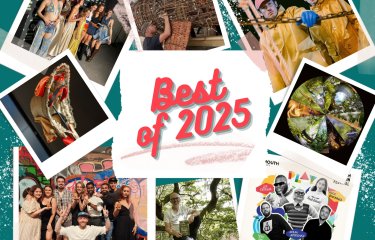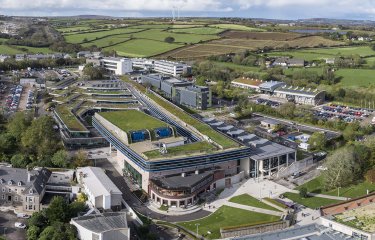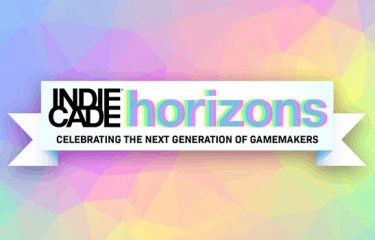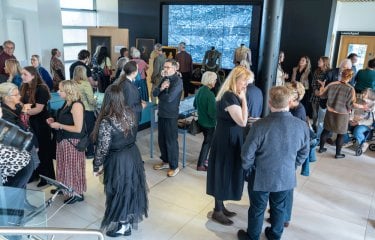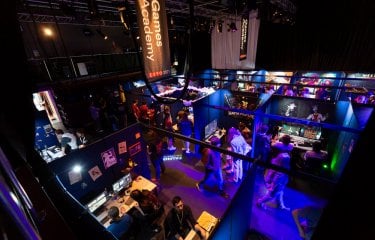Pioneering Games Project Enhances Museum Experience
11 December 2018
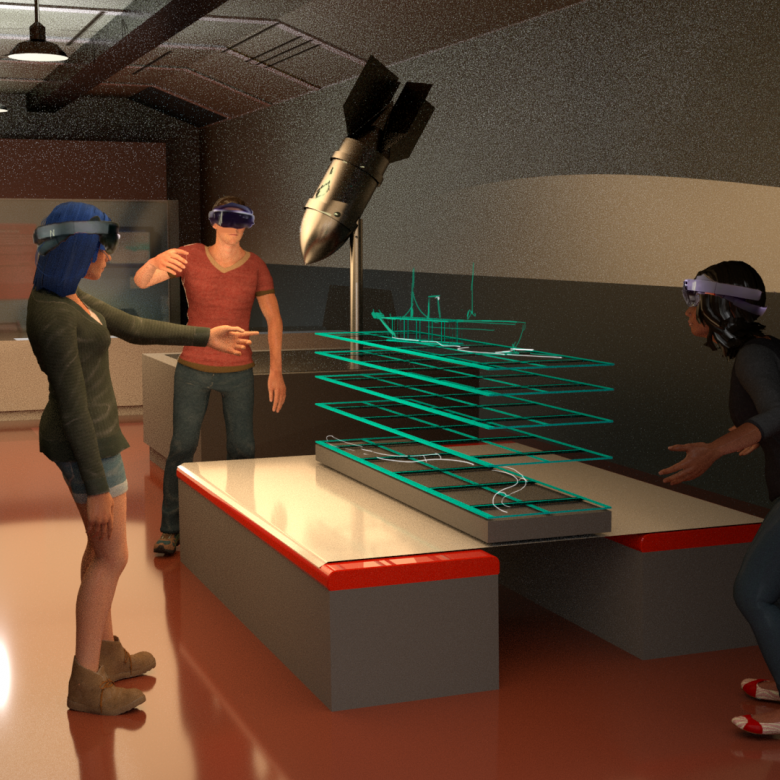
Lecturers from the Games Academy have been working with the Cornwall Museums Partnership on a ground-breaking project that could change how we experience museums, libraries and exhibitions. Through the use of mixed-reality HoloLens technology, users can experience the public spaces in a completely new way.
The research project has been developed with the Porthcurno Telegraph Museum. The museum was originally operated as a telegraph station that was at the hub of British telecommunications. During the Second World War, the station was deemed at potential risk from bombing, so it was moved into tunnels that were blasted into the cliffs.
The Augmented Telegrapher game takes place in the tunnels and is designed to complement the existing exhibits. The collective mixed-reality space combines virtual and real objects, embedded within the museum space. Visitors are immersed in an escape-room style environment and narrative; they are 'trained' as telegraphers and when disaster strikes, they have to work together to solve puzzles and challenges to save the station.
As telegraphy is effectively an invisible process, the use of the HoloLens enables users to get a better understanding of how it works and how the station used to operate. They are also prompted to collaborate and to interact with the museum exhibits as the story progresses.
Alcwyn Parker, Lecturer in the Games Academy and one of the researchers for the project, explained: "One of the core focuses of this research was to help formalise the blueprint for people looking to build these types of experiences. The HoloLens is such new technology; we really wanted to test its limitations, so we pushed it as far as we could. The way that the user interacts with content on the HoloLens is problematic; it's hard to teach people how to use it, so we've set up some best practices on how museums can actually use these tools without it being completely daunting for them and their visitors.
"One of the things that we advocate for is creating mixed reality experiences over just augmented reality experiences. This means actually having hardware and software playing together, so that instead of needing to learn how to use the interface, you can use the objects around you to interact with the augmented reality experience."
The Augmented Telegrapher team have collaborated with the Cornwall Museums Partnership throughout the project, involving them at various stages. They have held several meetings at places like Krowji in Redruth, Cornwall's largest creative hub, where they have gathered curators of museum experiences in Cornwall to come in and test the HoloLens.
Alcwyn added: "A lot of this project has been tool building; creating tools that could be used by other people to set up these types of experiences. We've created a very fast way of mapping out a real-world environment (for example, a museum or library) and then mapping holograms in specific parts of that, to tell stories or create narratives."
By creating and initiating mixed-reality museum experiences, the team hopes to increase the popularity of these types of spaces for people who may not currently engage with them.
Members of the team include: Dr Tanya Krzywinska, Professor of Digital Games at Falmouth; Alcwyn Parker, Lecturer and MA Creative App Development Course Coordinator at Falmouth; Dr Edward Powley, Associate Lecturer at Falmouth; Dr Rob Saunders, Associate Professor at Falmouth; Dr Douglas Brown, Head of Games at Falmouth; Phoebe Herring, Lecturer at Falmouth; Dr Michael Scott, Head of Computing at Falmouth; and Dr Jenny Lee, Digital Coordinator at Cornwall Museums Partnership.
A paper on the initial stages of the project has been completed, covering some of the things they have learnt and how they have applied them to their experience. The next stage will be to secure further funding for the project and deploy the technology.
